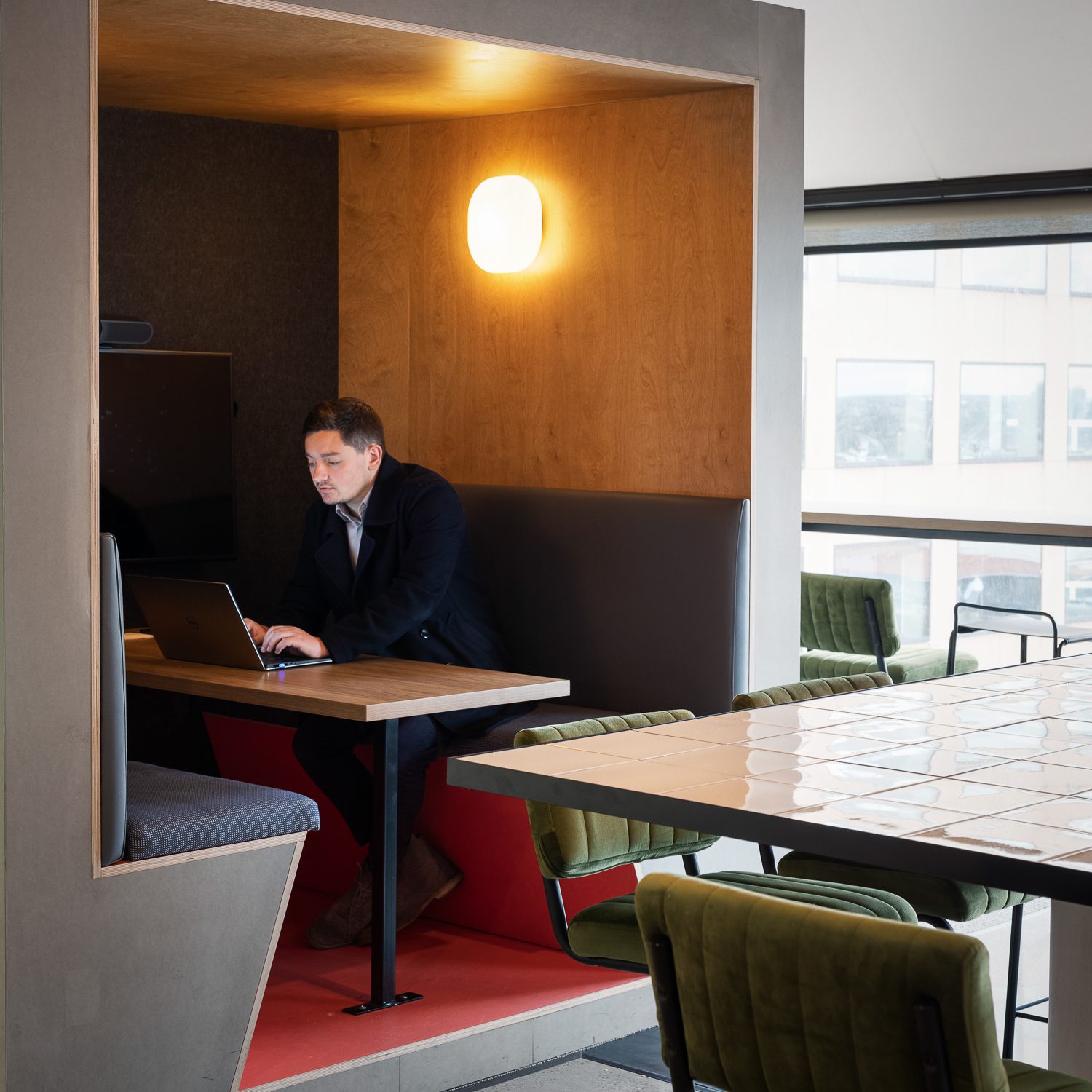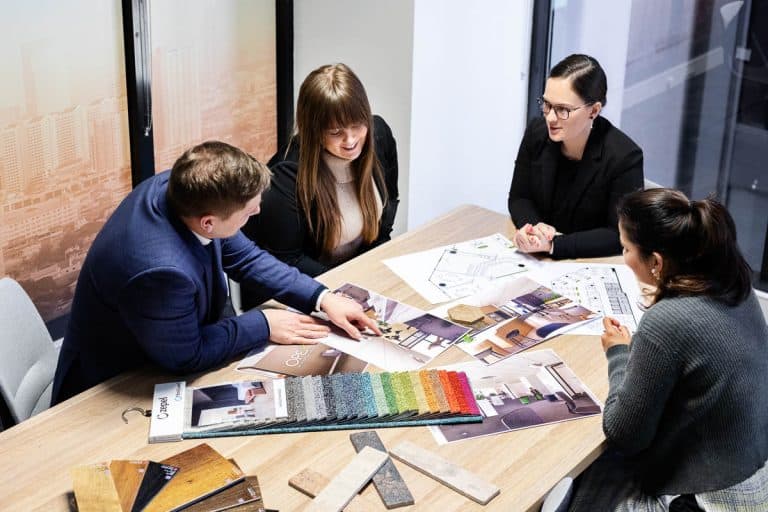In the constantly evolving world of workplace design, there’s been a significant shift towards creating spaces that not only inspire but also foster the elusive state of “flow.” This concept, once primarily associated with artists and athletes, is now recognised as the pinnacle of productivity and well-being in the contemporary office environment.
The Essence of Flow
Flow, a term introduced by Hungarian-American psychologist Mihaly Csikszentmihalyi, encapsulates a state of peak performance and deep immersion. Within this state, individuals experience a profound concentration so intense that all else fades away. Time warps, self-consciousness disappears, and creativity takes flight. Csikszentmihalyi’s groundbreaking research revealed that achieving flow is synonymous with the ultimate levels of happiness and productivity, sparking a revolution in the way offices are designed.
Beyond Novelty: Depth in Design
The era when table tennis and quirky break rooms were seen as the hallmark of a progressive workplace is behind us. While these elements may seem attractive, their impact on long-term engagement and deep job satisfaction is minimal. Today’s office design delves deeper into the psychological and environmental factors that facilitate the flow state among employees.
Blueprint for Flow
Crafting a workspace that encourages flow requires a deep understanding of human psychology and the impact of one’s surroundings. This blueprint for design incorporates several crucial elements:
Mastering the Senses
Distractions are flow’s greatest adversary. Contemporary office designs prioritise sensory regulation, including optimised lighting (preferably natural) to improve mood and alertness, and sound design through acoustic zoning and noise-cancellation technologies. Some workplaces also introduce olfactory elements, such as strategic scent diffusion, to boost focus and energy.
Spatial Flexibility
Acknowledging that ideal working conditions vary from one individual to another and from one task to the next, flexibility is key. Features like adjustable workstations, temperature controls, and movable furniture allow employees to customise their immediate environment to suit their specific needs, paving a personalised path to flow.
Balancing Solitude and Sociality
While collaboration is fundamental to innovation, uninterrupted deep work is equally crucial. Design that facilitates flow embraces the concept of versatile spaces: areas dedicated to collective brainstorming coexist with “deep work” zones, offering employees a sanctuary for solo tasks without the risk of interruption.
The Biophilic Connection
Biophilic design incorporates natural elements into the workplace, reflecting the inherent human connection to nature to enhance well-being and concentration. The use of indoor plants, natural materials, and features like water elements or green walls goes beyond aesthetics. These are deliberate design choices aimed at reducing stress and boosting cognitive function, thereby laying the foundation for flow.
The Human-Centric Workplace
At its heart, the shift towards designing offices for the flow state reflects a broader move towards human-centric design. This approach recognises that employees are not just cogs in a machine but complex beings in search of meaning and fulfilment through their work. By creating spaces that prioritise well-being, creativity, and concentration, organisations are not merely boosting productivity; they’re fostering a culture of engagement, innovation, and, ultimately, contentment.
Looking Forward
As we gaze into the future, the role of technology in enabling flow becomes increasingly prominent. From intelligent environments that adapt in real time to individual needs, to AI-driven insights into optimal work patterns, the potential is enormous. Yet, the underlying principle remains simple: the best work is produced when people are at their best—engaged, focused, and deeply immersed in their tasks. Designing for flow, therefore, is not just about creating physical spaces; it’s about unlocking human potential.
In an era where the definition of work is continuously redefined, the pursuit of the flow state in office design represents a merging of art and science, intuition and analysis. It’s a journey towards spaces that not only fulfil our functional needs but also uplift our spirits, engage our minds, and inspire our finest work. The office of the future isn’t just a place we go to work; it’s where we go to thrive.




